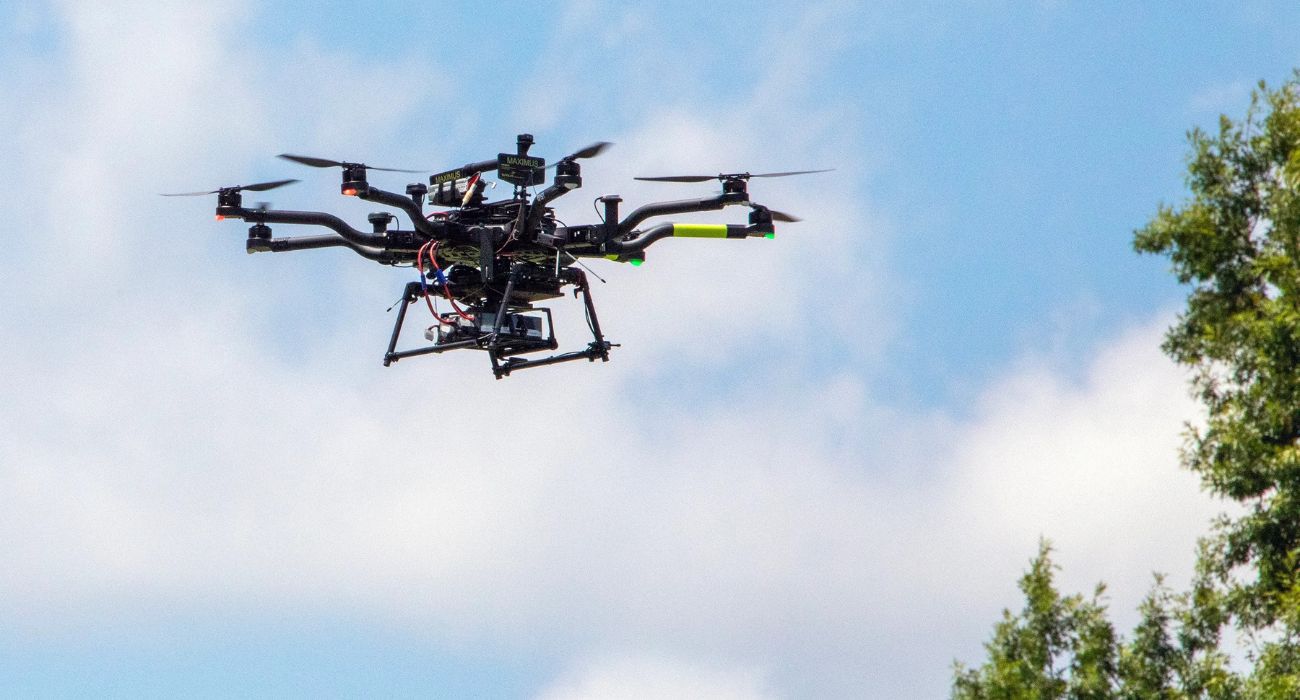NASA scientists have completed successful testing of multiple drones beyond a line of site with no visual observer, marking an important step toward the use of autonomous air taxis in urban settings.
Researchers at NASA’s Langley Research Center in Hampton, Virginia, announced on December 21 that they had successfully flown drones around obstacles and each other — during takeoff, along a planned route, and upon landing — all autonomously without a pilot controlling the flight, in tests known as “NOVO-BVLOS” flights.
The drones were outfitted with NASA’s Integrated Configurable Architecture for Reliable Operations of Unmanned Systems, which allows them to detect and avoid other aircraft. They were also carrying the space agency’s Safe2Ditch system, which allows the vehicles to observe the ground and determine the safest place to land in case of an emergency.
“Flying the vehicles beyond visual line of sight, where neither the vehicle nor the airspace is monitored using direct human observation, demonstrates years of research into automation and safety systems, and required specific approval from the Federal Aviation Administration and NASA to complete,” said Lou Glaab, branch head of the aeronautics systems engineering branch at NASA Langley.
Glaab said that this kind of testing is done to ensure that these crafts can operate in high-traffic environments. Scientists intend to make these new technologies available so that manufacturers can access them while designing vehicles.
“NASA’s ability to transfer these technologies will significantly benefit the industry,” said Jake Schaefer, flight operations lead for the flight project. “By conducting flight tests within the national airspace, in close proximity to airports and an urban environment, we are table to test technologies and procedures in a controlled but relevant environment for future [Advanced Air Mobility] vehicles.”






